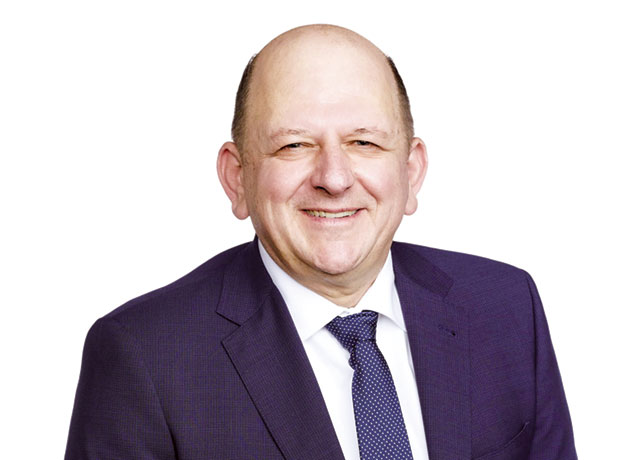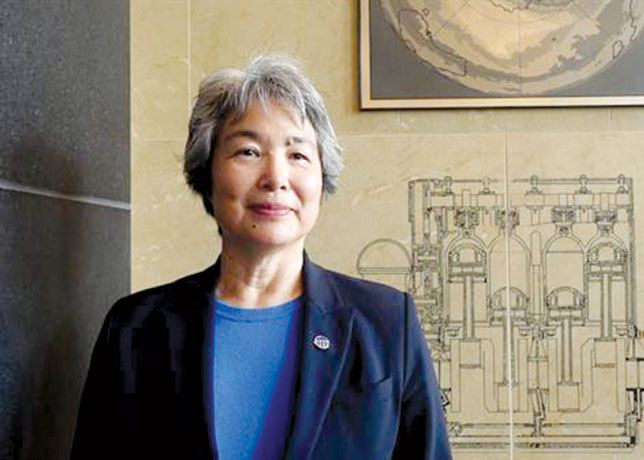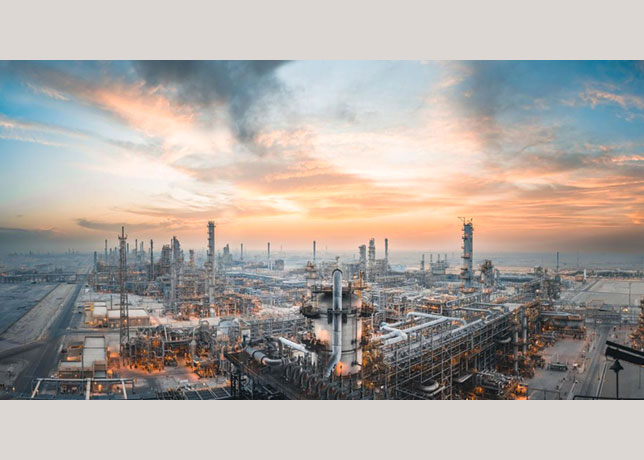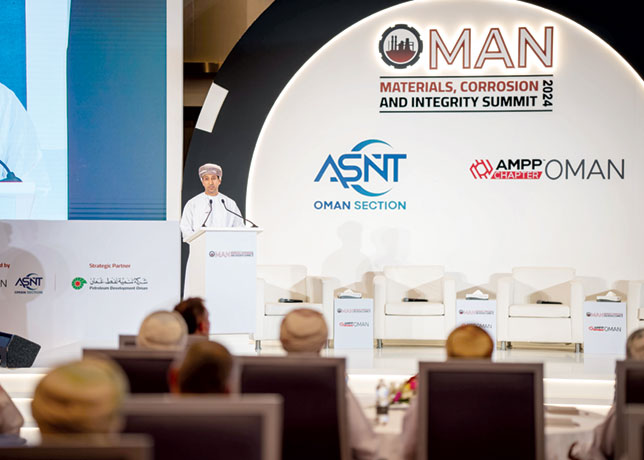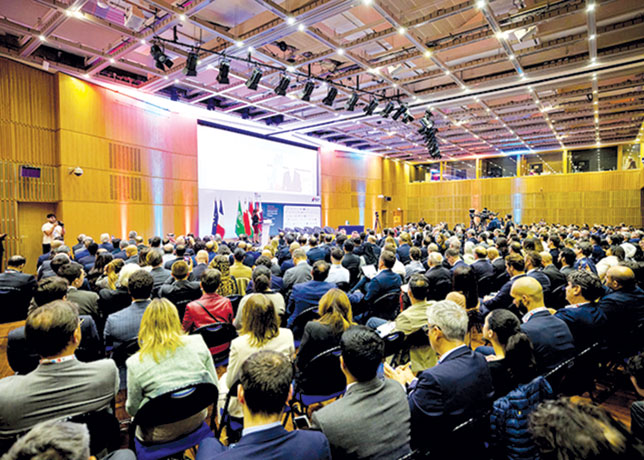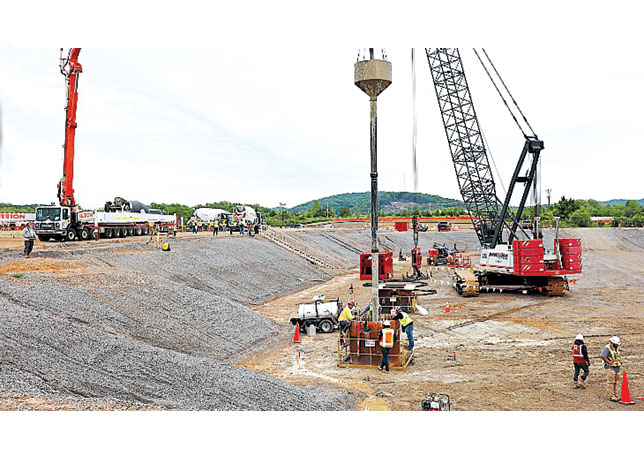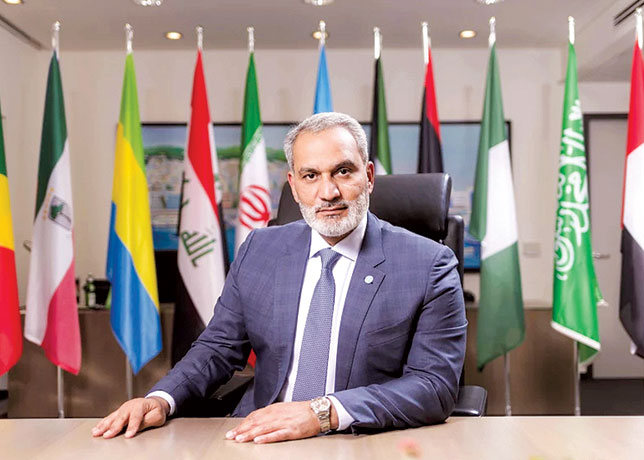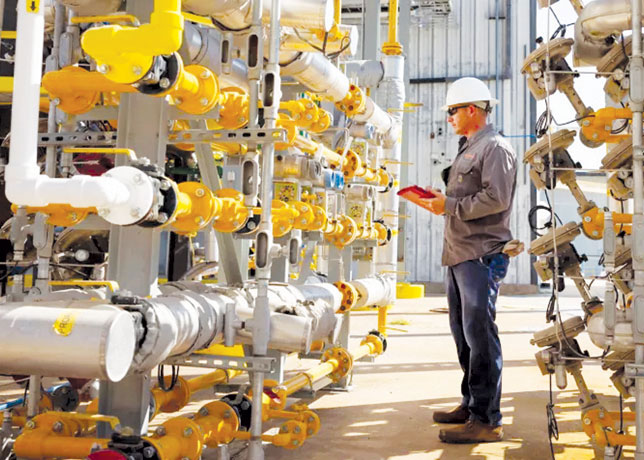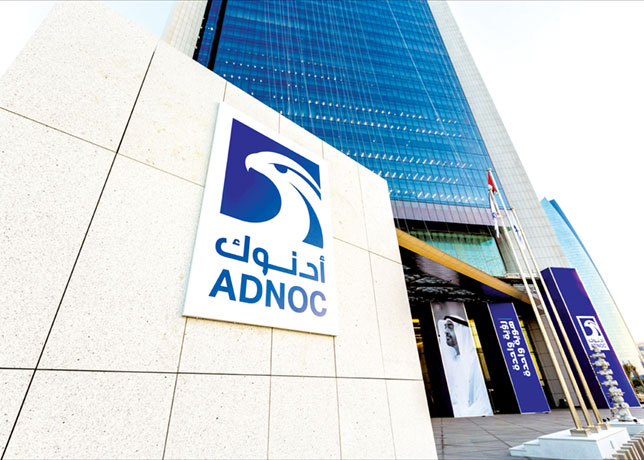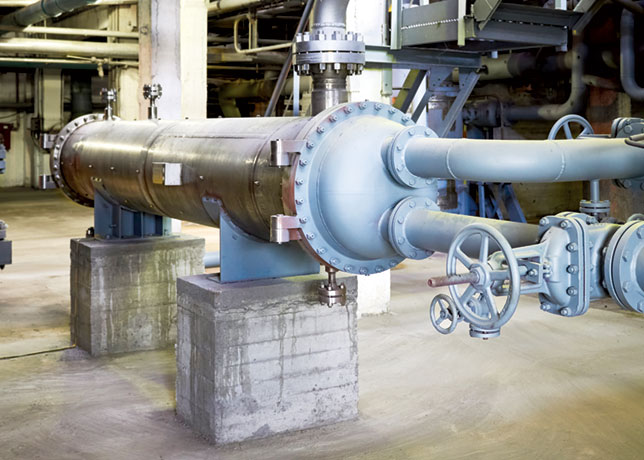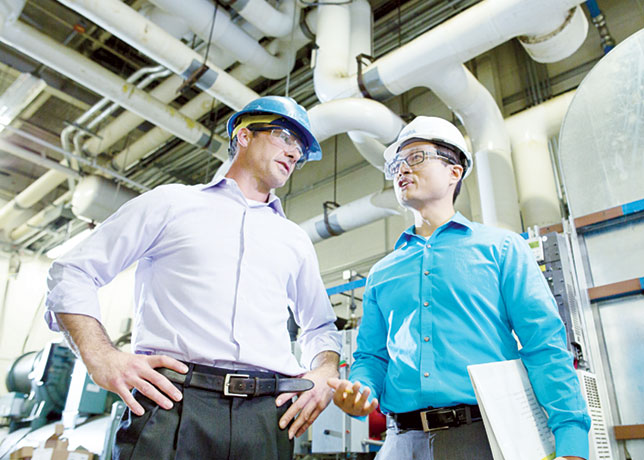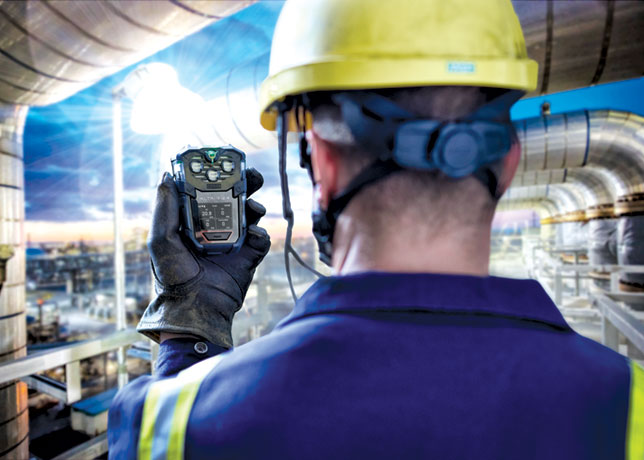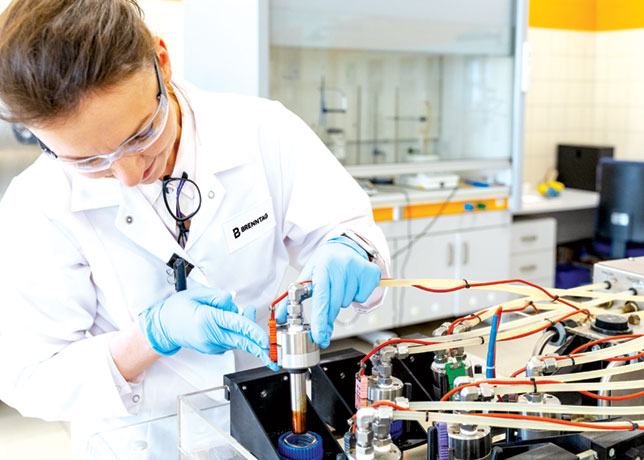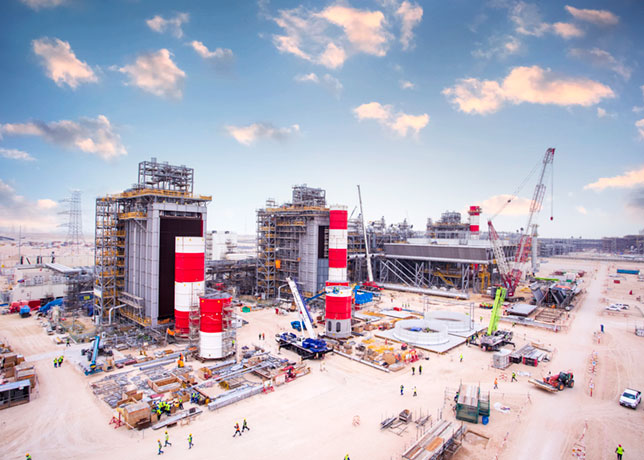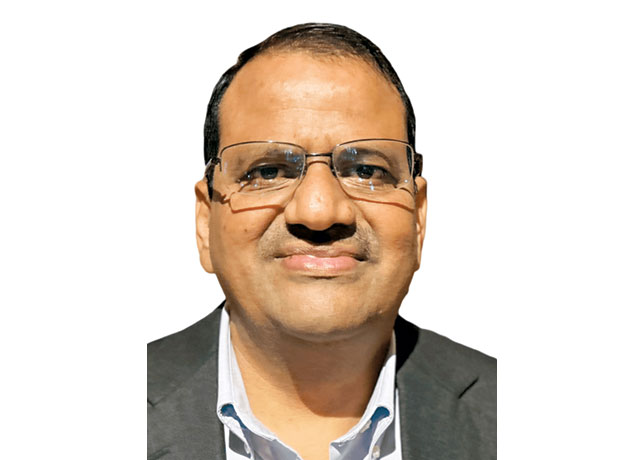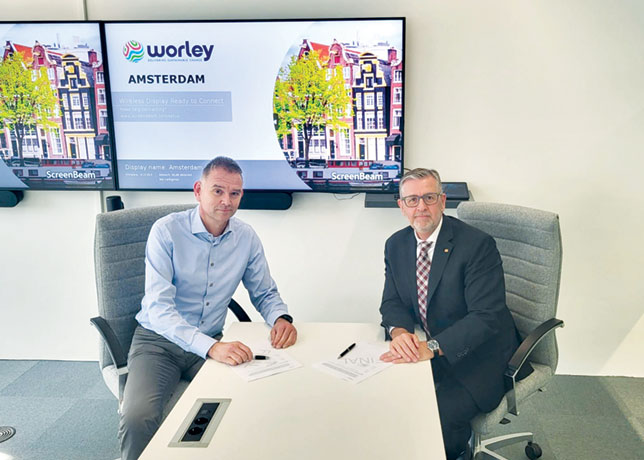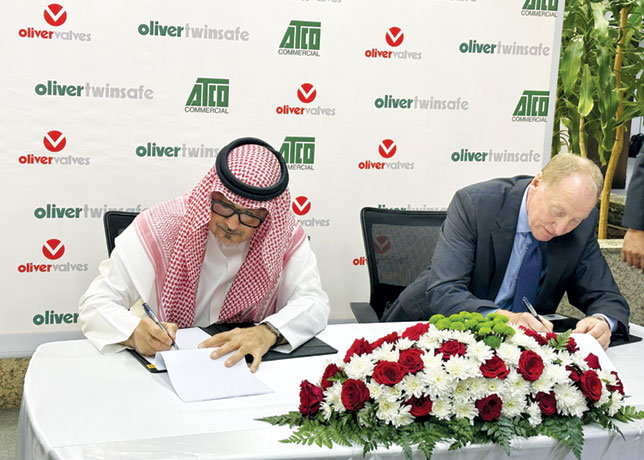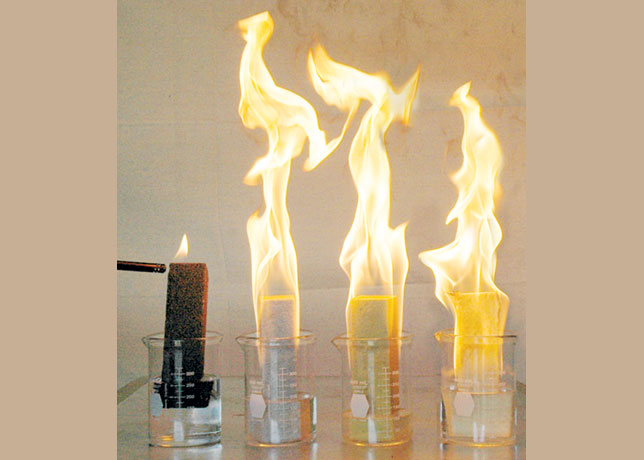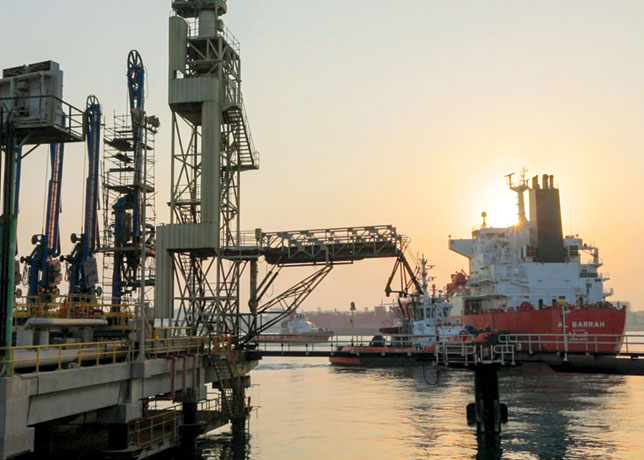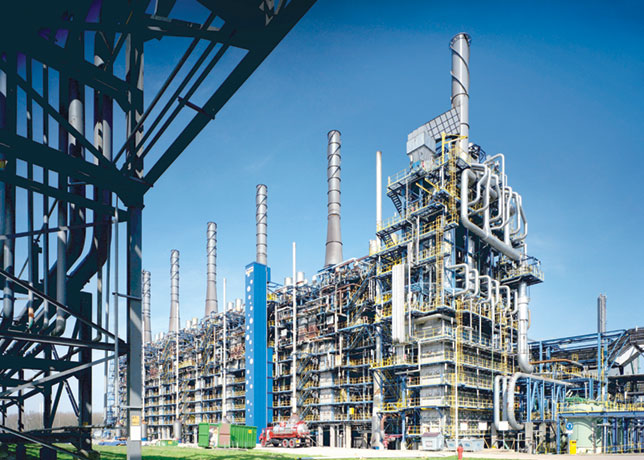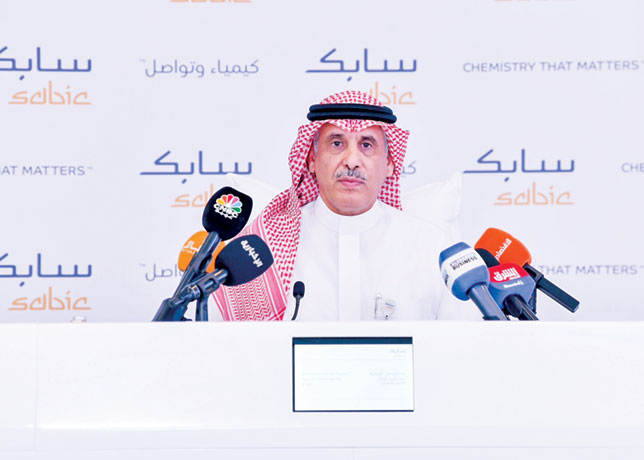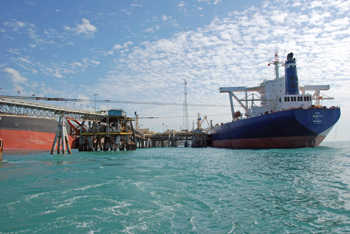
 Iraq’s oil and gas growth is significantly affected by the security situation
Iraq’s oil and gas growth is significantly affected by the security situation
THE escalation of the security situation in Iraq has been detrimental to the progress of the country and significantly impacted its future oil and gas growth prospects. Gas projects in the west and north have been cancelled or suspended due to violence, while major oil and gas companies have delayed expansion projects and evacuated non-essential staff. As a result, BMI has revised down its long-term oil production forecast.
Following are the trends and developments in Iraq’s oil and gas sector:
• The destabilising impact of Islamic State (IS) militants in Iraq has significantly worsened the security situation and hit investor confidence.
• The Turkish, Kuwaiti, Korean consortium developing the Mansouriya gas field has suspended operations due to regional unrest. Kogas is also looking to sell its share in the Akkas project in Anbar.
• Major oil and gas firms have evacuated non-essential staff from both southern Iraq and the region of Kurdistan as violence continues to be a threat. The development of the Halfaya, West-Qurna-1, West-Qurna-2, Majnoon, Zubair and Rumalia fields are all phased, and the next stages are expected to be delayed until a clearer picture of Iraq’s future is formed.
IRAQ LOSING BILLIONS IN OIL REVENUES TO IS
Iraq’s Oil Ministry has said that the country is losing as much as $1.2 billion a month in oil revenues as a result of Islamic State (IS) militants seizing oil refineries and pipelines in the areas it controls. As a result of Islamic State, Iraq has lost the export of 400,000 barrels per day (bpd) of oil, the ministry estimates.
Assem Jihad, a spokesman for the Oil Ministry, reportedly says that these losses are having an adverse affect on the overall state budget.
Islamic State militants had also inflicted heavy damage on oil installations in areas under their control, the spokesman says.
Islamic State militants in Iraq have replicated the strategy they have used to disrupt and appropriate Syrian oil production.
Islamic State militants are handling around 25,000 barrels a day of oil in the north and midwest, according to a report by CNN. This is only a small fraction of the country’s overall oil production, however. Still, experts have warned that any severe disruption caused to Iraqi oil production by Islamic State could have significant consequences.
In an attempt to mitigate these losses, Iraq’s Oil Ministry is seeking to increase oil production from its middle and southern oil fields. The ministry said that it hoped the exports from the West Qurna-2 field would rise to over 400,000 bpd by early 2015.
At a closer glance, however, this figure is no higher than that already set for West Qurna-2 back in March.
One of Iraq’s largest oil fields, West Qurna-2 is located in southern Iraq, 65 km northwest of the port city of Basra. Previously closed to Western firms due to sanctions, West Qurna-2 began production March, when Russia’s LuKoil – which owns a 75 per cent stake in the oil field – began producing crude at a rate of 120,000 bpd. Lukoil operations manager Gennady Budarin says that the Russian oil company expected West Qurna-2 to produce at a rate of 400,000 bpd by the end of 2014, the same rate specified by Iraq’s Oil Ministry spokesman.
Meanwhile, the Iraqi Army reported a critical victory against IS militants in Baiji, north of Baghdad. The town is home to the country’s largest oil refinery. The fate of the refinery remains unclear, however.
CRITICAL PROJECTS AHEAD FOR NEW MINISTER
Negotiating a settlement on key issues over oil revenues and exports with the Kurds is just part of the challenge ahead for Iraq’s new oil minister, Adel Abdul Mahdi.
There are also a series of critical oil sector infrastructure bottlenecks his ministry will have to tackle quickly to prevent years of work on production capacity expansion being shut in.
Among the biggest challenges is the Common Seawater Supply Facility (CSSF), a joint water treatment and injection project that will be critical to longer-term plans for the management of reservoir pressure at a number of southern fields.
Cost estimates have varied from around $5 billion to more than $10 billion, as the facility’s planned capacity has been reduced in line with lower output projections.
Still stuck in the conceptual design phase, the scheme has suffered several setbacks since it was first conceived in 2010.
Originally led by ExxonMobil, the project is now being managed by US engineering consultant CH2M Hill, appointed in late 2012.
Two engineering firms – US group Parsons Corp and Austria’s ILF Consulting – submitted bids in March for the front-end engineering and design (Feed) of the water treatment facility and pipelines to the oil fields. No contract has been awarded yet.
Under the project milestones, South Oil Company (SOC), a subsidiary of the oil ministry responsible for fields the facility will supply, the design work should be coming to an end about now.
Engineering, procurement and construction (EPC) contracts were due to be signed in early 2015, with the build lasting 2-1/2 years.
Phase one will provide 6.7 million barrels per day (mbpd) of water for the five fields of Majnoon, Rumaila, West Qurna-1, West Qurna-2 and Zubair.
Further phases will increase supplies to these fields, as well as to the Gharraf, Halfaya and Missan oil fields. The International Energy Agency (IEA) said in June the project will likely not come into operation before 2019 at the earliest.
Faced with this prospect, international oil companies developing Iraq’s southern oil fields have been forced to look for alternatives.
Italy’s Eni and ExxonMobil both plan to build smaller plants with capacities of up 250,000 bpd at the Zubair and West Qurna-1 fields, while Lukoil is building its own produced-water processing plant at West Qurna-2.
While the CSSF project is developed, the UK’s BP is continuing its upgrades to the Garmat Ali plan, raising capacity to 750,000 bpd of water until the CSSF comes onstream, as it seeks to raise production at the Rumaila field to 2.1 mbpd by 2017.
In its medium-term outlook for oil, the IEA said Iraq’s upstream expansion plan in the south has been “thrown in disarray due to chronic problems at major export terminals”.
Export volumes from the south “may be capped until 2018 due to the mismanagement of the coastal Fao storage project in Basra”, it said.
In the past nine months, more than 550,000 bpd of new production capacity has been made available for export. At the end of August, Platts reported there were around 7.165 million barrels of oil in southern tank farms. This could have added another 200,000 bpd of additional exports. Yet, without the requisite pumping and storage capacity in place at Fao, upstream production will have to be curtailed despite efforts to increase production capacity at the oil fields.
The oil ministry plans to build 24 tanks at Fao, each able to store 365,000 barrels – a total of 8.8 million barrels. So far, only eight are in place, with four in operation and the others requiring testing. This is before new gas turbine pumps are installed to push the crude from Fao to the newly installed offshore oil loading facilities in the Gulf.
OFFERS NEW BASRA HEAVY CRUDE GRADE
Refiners’ complaints about a growing disparity in Iraq’s export crude quality as output in the south of the country rises may have been behind the State Oil Marketing Organization’s (Somo’s) decision to offer a new Basra Heavy grade.
Daily Gulf terminals status reports show that Iraq has been essentially exporting two types of crude from the south since mid-August. Somo confirmed that it would offer the new Basra Heavy grade starting next year, for the first time since the 1970s, as production targeting deeper formations in the south of the country ramps up.
Crude with an average gravity of 26.5 API has been exported from the three new single point moorings, or SPMs, in the Gulf, and crude with an average gravity of 28.5 API from the fixed jetties of the Al Basra and Khor Al Amaya oil terminals.
This discrepancy in the crude gravity can be explained by the increase in heavier oil from the new Mishrif formations of Majnoon, West Qurna-2 and Badra oil fields. When added to the crudes from Al Ahdab and West Qurna-1, they make up a production rate of around 1 million barrels per day (mbpd) and contribute around 800,000 bpd to the southern export rate.
This oil with a gravity around 26-27 API is collected in the Tuba tank farm and pumped to the SPMs through the newly operational manifold and metering platform.
Most of these oil fields have been given priority in production because they are in the early stages of cost recovery.
The remaining fields – Missan, Halfaya, Zubair and Gharaf – have a production capacity of around 650,000 bpd of mostly heavy oil coming primarily from the Mishrif formations. Production is collected at a pumping station and two Zubair tank farms, where they are mixed with the traditionally lighter crude of Rumaila and the state managed fields.
Total production capacity of around 2.1 mbpd is pumped to the fixed jetties of Al Basra and Khor Al Amaya through the old pipeline system to export a total of around 1.7 mbpd of crude with gravity of 28-29 API.
This makes the total rate of exports from the south around 2.5 mbpd. The plan conforms to the Iraq National Energy Strategy, or Ines, which was approved by the Iraqi government and published in June 2013. The Ines plan recommended Iraq should plan to export two types of crude from the south as output rises to the 2020 plan of 9 mbpd, with 8 mbpd coming from the southern oil fields.
Ines envisions two crudes – 3.3 mbpd of Basra Light, with a gravity of 31-32 API and 4.8 mbpd of Basra Heavy with a gravity of 24-26 API.
But it warned that if the crudes are mixed, the quality of the single exported crude would fall to an average gravity of 27 API when the southern production peaks.






